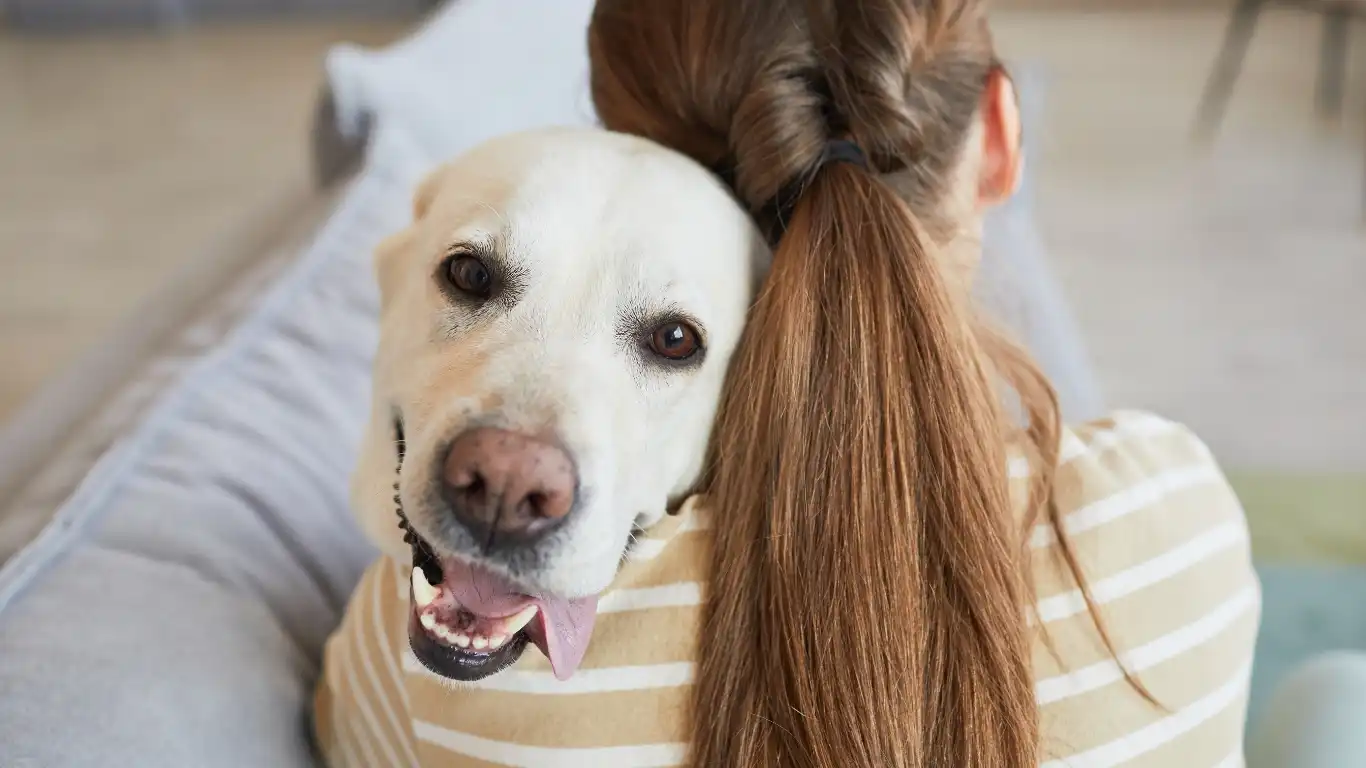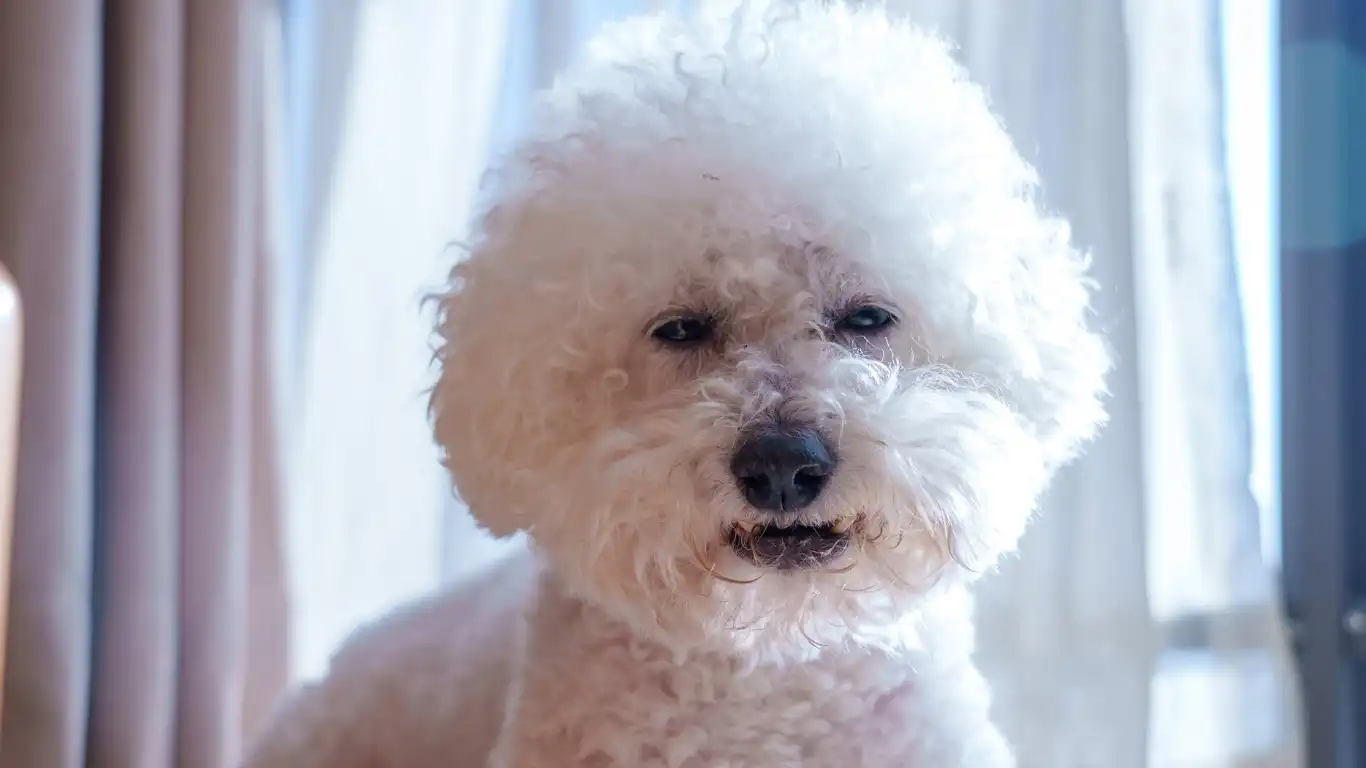How to Transition Your Dog to a New Food Without Stress or Upset
Switching your dog’s diet can feel like walking a tightrope—one wrong step, and you might see upset tummies, picky eating, or worse. As a Veterinary Technician specializing in nutrition, I’ve seen firsthand how crucial a smooth transition is when changing your dog’s food. How to transition your dog to a new food isn’t just about swapping bowls; it’s a careful process that respects your pup’s digestion and preferences. So, if you’ve recently switched brands or want to introduce a healthier option, let’s chat about how to make that transition as easy and stress-free as possible—for both you and your furry best friend.
Why a Proper Food Transition Matters

Dogs have sensitive digestive systems, and suddenly switching their food can lead to problems like diarrhea, vomiting, or a simple refusal to eat. From my experience working with countless pet owners, the most common mistake I’ve seen is rushing the change. Even the healthiest, most balanced food can upset a dog’s stomach if introduced too quickly.
When I advise pet parents, I always emphasize that gradual transition is key. It gives the gut time to adjust to new proteins, fats, and fiber sources without overwhelming the digestive tract. Also, a slow switch helps you spot any allergies or sensitivities early on, before they become a bigger problem.
How to Transition Your Dog to a New Food: Step-by-Step Guide

1. Start Small: Mixing Old and New Food
The golden rule is to mix the new food with the old. Begin by adding just about 10% new food to 90% of the old food for the first couple of days. This little change is gentle enough that your dog’s tummy won’t be thrown off balance immediately.
2. Gradually Increase the New Food Portion
Over the next 7 to 10 days, increase the amount of new food while decreasing the old. Here’s a simple breakdown that I’ve recommended and seen work wonders:
- Days 1-3: 10% new food, 90% old food
- Days 4-6: 25% new food, 75% old food
- Days 7-9: 50% new food, 50% old food
- Days 10-12: 75% new food, 25% old food
- Day 13+: 100% new food
This gradual shift allows the digestive system to adapt without stress.
3. Keep an Eye on Your Dog’s Behavior and Stool
One of the best signs that the transition is going well is consistent energy levels and normal stool quality. If you notice your dog feeling lethargic, vomiting, or having diarrhea, it might be time to slow down the transition or consult your vet. In my experience, some dogs might need even longer than two weeks to fully adjust, especially if they’re switching to a drastically different diet, like from kibble to raw or homemade meals.
Common Challenges When Transitioning Your Dog’s Food—and How to Handle Them

Even with the best-laid plans, changing your dog’s food can come with a few bumps in the road. From my experience in the veterinary field, every dog reacts differently—some are little food critics, others have super sensitive stomachs, and a few just plain get stubborn. Let’s talk about some of the most common hiccups you might run into and ways to smooth them out.
Food Refusal or Picky Eating
It’s frustrating when your dog snubs their bowl after the food switch. I’ve helped many worried owners who feared their pup just didn’t like the new food. Often, it’s a texture or flavor issue. Dogs get used to the smell and taste of their old food, so even the slightest change can throw them off.
Here’s a little trick I recommend: try warming the new food slightly or mixing in a bit of low-sodium chicken broth to enhance the aroma. Sometimes adding a spoonful of plain canned pumpkin or a sprinkle of grated cheese can make the new meal more enticing. But be careful not to overdo it—treats and extras should only be occasional and not interfere with the transition process.
Digestive Upset: Diarrhea, Vomiting, or Gas
This is the big red flag for many pet parents, and it’s something I take seriously in my work. If your dog starts showing signs of digestive upset during the transition, don’t panic. The first step is to slow things down. Instead of moving forward in your food mix schedule, stay at the current ratio for a few extra days until your dog’s digestion normalizes.
If symptoms persist beyond a week, or if you notice blood in the stool or severe lethargy, that’s when I always advise contacting your veterinarian immediately. Sometimes underlying conditions can get aggravated by diet changes, and it’s better to be safe.
Tips From a Vet Tech: Making the Transition Easier

Stick to a Routine
Dogs thrive on routine. Feeding at the same times each day helps their digestive system stay on track. When transitioning food, keep meal times consistent and avoid free feeding (leaving food out all day), which can make it harder to notice if your dog is eating or not.
Monitor Portion Sizes
New food often has different calorie content and nutrient density than the old. That means you can’t always feed the same volume. Check the feeding guidelines on the new food, but use them as a starting point. I always recommend weighing your dog regularly during the transition phase and adjusting portions if you notice weight changes.
Consider Your Dog’s Life Stage and Health Conditions
Different dogs have different needs. Puppies, seniors, and dogs with health issues like kidney disease or allergies need special diets, and transitioning can be trickier. When I’ve helped families in these situations, it’s crucial to collaborate closely with a veterinarian to ensure the new diet meets all nutritional requirements.
When to Seek Professional Help

If your dog struggles with food changes despite your best efforts, don’t hesitate to reach out for professional advice. A veterinary nutritionist can tailor a plan specifically for your dog’s needs, and sometimes, food intolerance or allergies require specialized diets. I’ve seen many cases where a customized approach made all the difference—no more tummy troubles, and happy mealtimes.
Remember, your dog’s wellbeing is worth every bit of patience and care during this process. Food transitions might seem like a small thing, but they set the foundation for your dog’s health and happiness for months and years to come.
Maintaining Your Dog’s Nutrition After the Transition

Once you’ve successfully switched your dog to the new food, the journey isn’t over. Maintaining balanced nutrition is an ongoing process, and as someone who’s spent years helping pets thrive, I can’t stress enough how important it is to keep monitoring your dog’s overall health and dietary needs.
Dogs are unique individuals with changing needs depending on their age, activity level, and health status. For example, a sprightly two-year-old border collie will have different calorie and nutrient requirements than a mellow senior labrador. That’s why it’s important to stay observant and flexible, adjusting food quantity or type as needed.
Watch for Signs of Nutritional Imbalance
After the transition, keep an eye on your dog’s coat condition, energy levels, and digestion. Dull fur, excessive shedding, or itchy skin can sometimes indicate nutrient deficiencies or allergies. Low energy or unusual behavior might signal that the new diet isn’t meeting all their needs.
From my work, I’ve learned that even high-quality commercial diets can sometimes lack in certain nutrients depending on your dog’s unique metabolism. That’s when a chat with your veterinarian can help identify if supplements or minor adjustments are needed.
Keep the Communication Open With Your Vet
Regular vet visits are invaluable. When you update your vet about your dog’s diet changes and any subtle shifts you notice, they can help tailor the diet better. As a vet tech, I always encourage pet parents to keep food labels handy and bring them to appointments so the vet can review ingredients and nutrient profiles.
Also, if your dog has any chronic health issues—like diabetes, kidney disease, or food allergies—your vet’s guidance is critical to ensure the new food supports those conditions appropriately.
Extra Tips From My Experience to Make Food Transitions Stress-Free

Be Patient and Stay Positive
One thing I always remind pet owners: patience is your best friend. Sometimes dogs just need time to accept new tastes or textures. If your pup hesitates, keep offering the new food calmly and avoid pressuring them. Positive reinforcement, like praise or a gentle pet, can turn mealtime into a happy ritual rather than a battleground.
Use Transition Period as an Opportunity to Strengthen Your Bond
Feeding time is also bonding time. Take a moment to sit with your dog, talk softly, and make the process feel safe and secure. This little bit of extra attention helps reduce stress around the change and can make your dog more confident about trying new things.
Trust Your Instincts, But Don’t Hesitate to Ask for Help
At the end of the day, you know your dog better than anyone. If something feels off during the transition, trust that gut feeling and reach out for professional advice sooner rather than later. Veterinary nutritionists and experienced vet techs can provide personalized guidance that saves you a lot of worry.
References
- American Veterinary Medical Association
- American College of Veterinary Nutrition
- American Animal Hospital Association
Disclaimer
This article is intended for informational purposes only and does not replace professional veterinary advice. Always consult your veterinarian before making significant changes to your pet’s diet or if you notice any health concerns during the food transition process.






